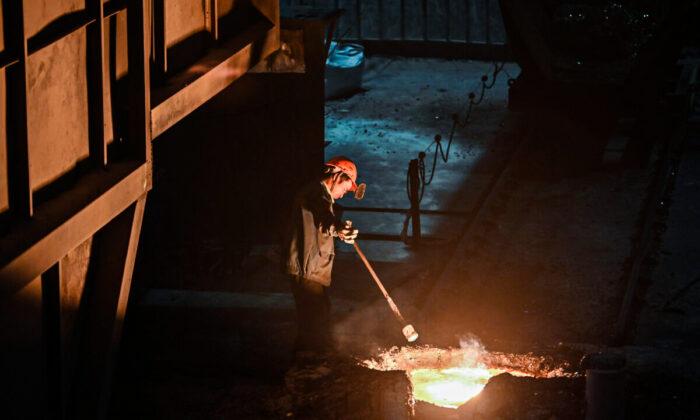Industrial firms’ profit growth decelerated to 9 percent year-on-year in November to 806 billion yuan ($127 billion)—the slowest since mid-2020—following a 24.6 percent gain reported in October.
Since the beginning of this year, profits have climbed 38 percent on-year to 7.98 trillion yuan by the end of November, slower than the 42.2 percent rise in the first 10 months of 2021, according to China’s National Bureau of Statistics (NBS).
Although fuel providers saw their profits rise in the past 11 months, some up to about 4 times higher, energy producers including those of electricity and heating, are bearing the profit shrinkage, with margins squeezed by the high cost.
Yet China still faces multiple challenges as a property downturn deepens, supply bottlenecks persist, and tough COVID-19 curbs hit retailers and consumer spending.
The country’s property distress has also hurt the steel sector while production of cement, glass, and household appliances remains vulnerable to falling demand.
At a key agenda-setting meeting this month, China’s top leaders pledged to stabilize the economy and keep growth within a reasonable range in 2022. The country’s central bank on Dec. 6 announced a cut to the amount of cash that banks must hold in reserve, freeing more cash for lending, while lowering the one-year benchmark lending rate to stimulate growth.
The industrial profit data covers large firms with annual revenue of over 20 million yuan ($3.1 million) from their main operations.




